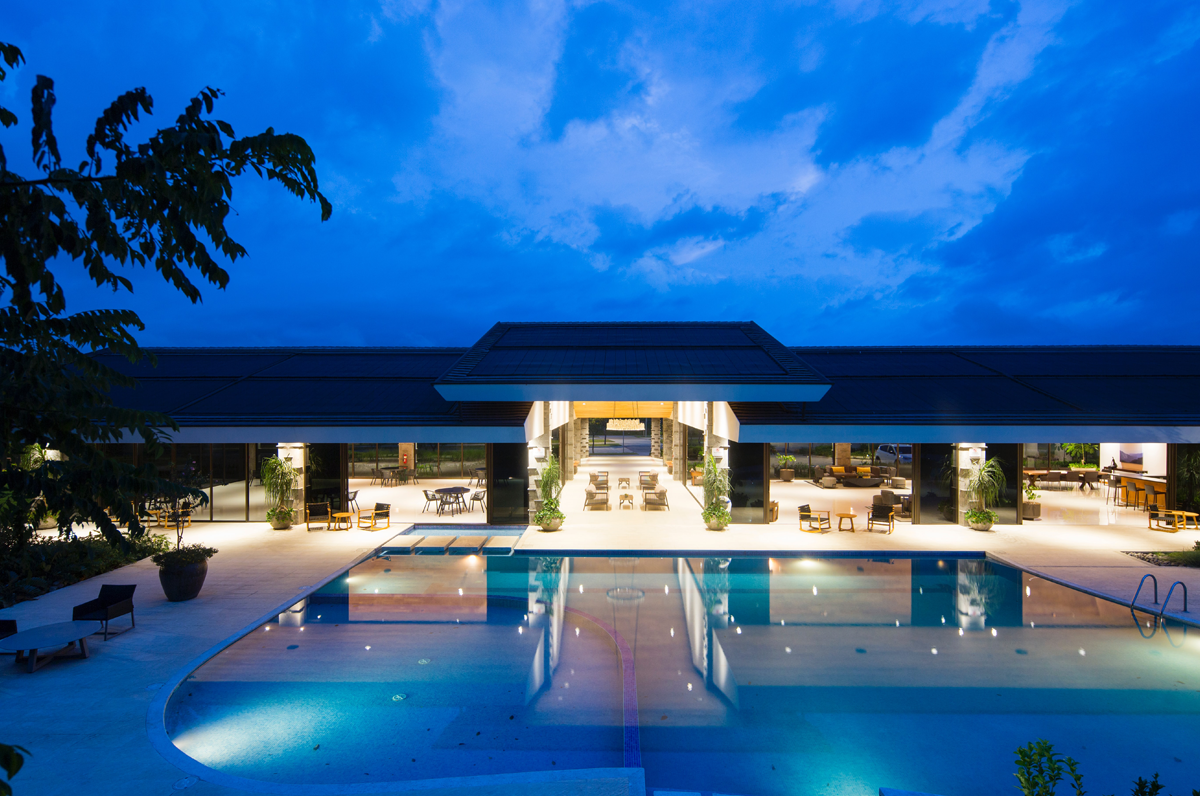As an asset manager, it’s my job to create and manage the relationship between owner and brand, to ensure that all parties are working together towards one goal: a profitable property.
The assumption from the outside is often that my primary role is to protect the owner from the brand’s changing and often costly brand standards. The news that a brand is being overhauled is never received well by owners, who fear that they will have to spend out on new amenities – mattresses were popular at one time – which are now part of the brand standards and absolutely must be acquired, at the risk of losing the flag.
 Such were the perceived costs of meeting every page in the brand book that, in the past, owners and investors have been tempted to move to flags with a lighter touch, distribution-only, soft brands. The collection brands have now become established in the luxury segment, eager to show off the hotels with character they have in their stables, the ones which stand out.
Such were the perceived costs of meeting every page in the brand book that, in the past, owners and investors have been tempted to move to flags with a lighter touch, distribution-only, soft brands. The collection brands have now become established in the luxury segment, eager to show off the hotels with character they have in their stables, the ones which stand out.
But even those hotels which don’t carry a distinctive neon sign or trademarked bed need investment. While I am eager to protect investors from unnecessary spending, I would be failing in my duty if I didn’t encourage creative spending.
Nevertheless some time this has to do with the operator’s inability to prepare and present the right information to the Owner and convince him about the necessity of the renovation or due to a lack of trust. As consumer needs evolve and a product life cycle comes to an end, the asset managers need to work again hand-in-hand with the hotel executive team to create a renovation project with a clear vision, all the associated costs, operator-approved projections and, of course, the return-on-investment analysis. We also recommend presenting an S&M strategic plan to support these projections, including precise marketing actions, timeline and who will be responsible. In a world where everything changes so quickly it is important to follow the flow and change. Who doesn’t change fails
For many owners, it’s no less hard a sell than changing the font in the sign. There are multiple owner profiles, from private equity houses wanting to flip in seven years to generational investors wanting to pass an asset down. But all of them are focused on making money. And many of them see a hotel as another earning asset, with every possible piece of cash to be taken out of the business.
Given the past few years, it’s an understandable position. Many investors are struggling with rising interest rates. Despite the growth in ADRs in the sector, costs have often outstripped the increases, leaving guests feeling ripped off and investors still out of pocket.
But hotels are different to other asset classes. It is tempting to stick with wear and tear CapEx and spend the bare minimum to keep a hotel serviceable. Particularly in Europe, there is an attitude that “if it is not broken, let’s not change it”. A lick of paint and some new furniture in the lobby, and it’s good to go for the next eight years.
This is not the case in the Middle East, which continues to lead the world in terms of the luxury hotel market. There, CapEx is often spent on a whole new look, including layout, walls, and ceiling. It would be stripped down to the bone and rebuilt, creating a striking new look and feel. It’s easy to say that there is more money in the region to fuel the increase, but it is also driven by the need to compete in an ever-growing field. Money spent there means they can outprice the local market.
In Europe, with limited supply and high barriers to entry in high-profile markets, it has been tempting just to get that paint pot out and repolish the tables. You have already built it, so clients will continue to come. The lack of creativity and renewal sees guests leave, pushing EBITDA down and demotivating staff. Some people would argue that there will always be an audience for the traditional look and feel of Palace hotels, which trade on their past reputation. Yes, the service is often exceptional, and the location is always excellent, but that incredible experience is lacking.
Part of this is the need for more innovation in F&B in hotels, even in the luxury sector, as they have fallen behind destination restaurants. Still, the genuinely world-leading hotels have focused on delivering the whole package for guests, which means a full overhaul, not a quick cosmetic fix.
We have seen this working in practice in Paris. Rates at the Palace hotels continue to rise with every renovation, keeping the city at the forefront of Europe’s gateway cities. Owners there have understood the need for creative CapEx and have embraced the chance to create a new offering and a whole new experience. This is nice-to-have to attract a few weeks of coverage in glossy travel magazines. This is a strategic investment which increases real estate value.
Particularly for luxury hotels in limited markets, once the property has undergone a complete renovation, the ADR increases immediately, generating a rapid return on investment. It also serves to lift the location’s attractiveness as a whole, and when other local hotels follow suit, a refreshed destination is born.
In these days, where money is tight, and hotels are using every tool, from self-service applications to energy-efficient lightbulbs, to try and cut costs, an asset manager shouldn’t just save money, but make money. And that means sending cash out to see it come flooding back in.
Post
Portugal Hotel Market Outlook 2024
PORTUGAL’S HOSPITALITY INDUSTRY is experiencing an impressive comeback post…
Post
Know thyself for budget success
“Before you can budget for the year ahead, it is critical that you assess the…
Post
Should hotels refuse to join a club which would have them?
The current battleground for the big hotel chains is not pipelines, but loyalty…
Post
The digital concierge: how can hotels use technology to maximise revenue and customer experience?
More than half of all business trips are now a mix business and leisure – so…
Post
Spanish Hotel Market 2024
SPAIN’S TOURISM SECTOR in 2023 exceeded all initial expectations and surpassed…
Post
Balancing the scale of luxury
Tell someone in the sector your hot new tip is luxury growth and you’ll lose…
Post
The luxury sustainability conundrum
Climate change is one of the most significant challenges society is facing, but…
Post
Failing the AI tech race
Attend any conference over the past decade, and a common theme is the devilish…
Post
From compound stays to compound interest
Back in the days of yore - or, for those who measure time this way -…
Post
Projecting into an AI future
The world of hospitality has seen remarkable changes over the past few decades,…
Post
Bringing strength to soft brands
‘Another day, another brand’ could well be the catchphrase of our sector, but…
Post
Budgeting for change pt.2
In the second of our series on the budget approval process, we are looking at…
Post
Budgeting for change pt.1
Each season brings with it change and, depending on the time of year, the…
Post
F&B to fill your balance sheet
F&B is usually the second-highest profit driver in the hotel after the…

